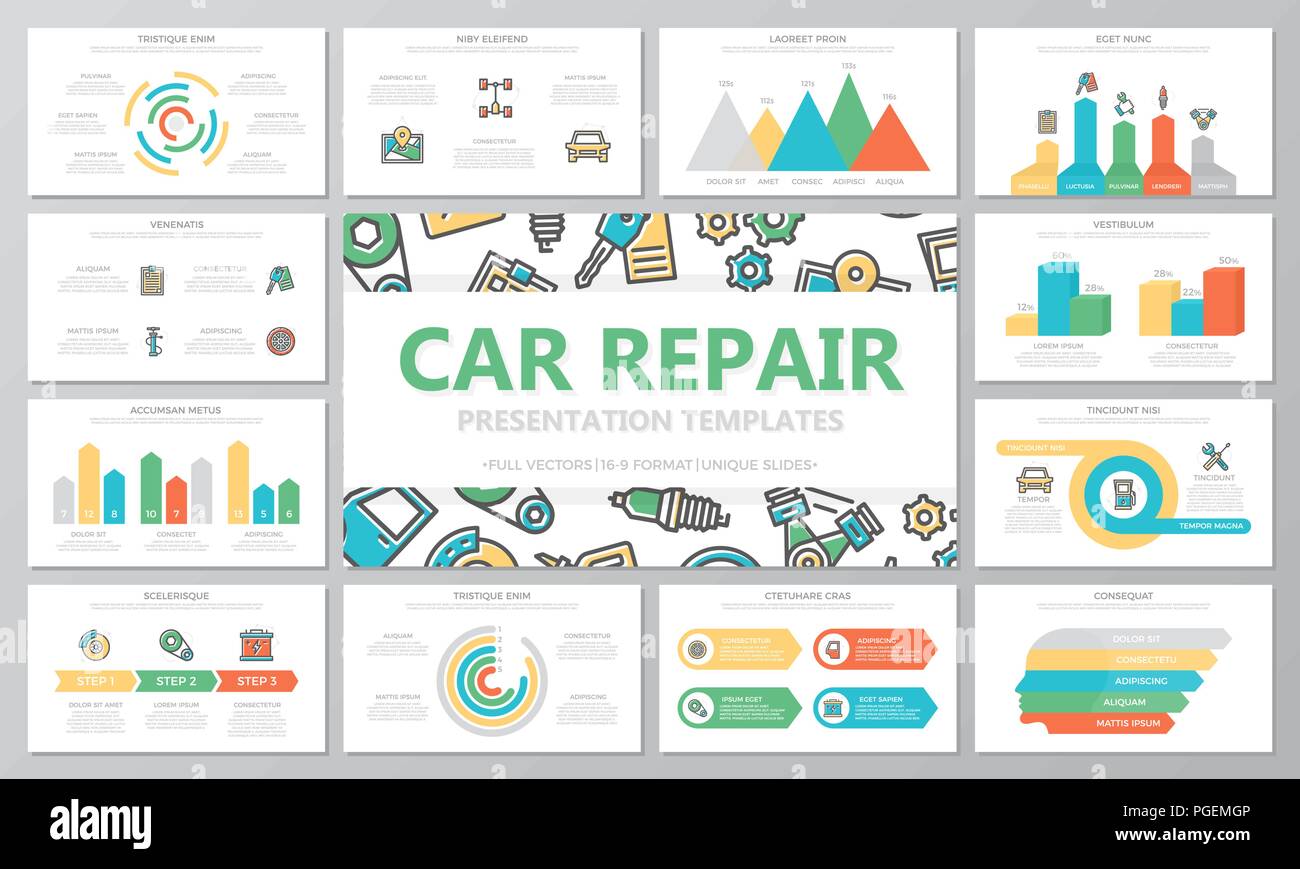Looking For Quality On The Caution Lights Displayed On Your Vehicle'S Control Panel? Learn Exactly How They Associate With Your Lorry'S Health And Wellness
Looking For Quality On The Caution Lights Displayed On Your Vehicle'S Control Panel? Learn Exactly How They Associate With Your Lorry'S Health And Wellness
Blog Article
Write-Up By-Termansen Kejser
When you lag the wheel, those glowing caution lights on your control panel can be a little bit perplexing. Do you know what they're trying to inform you concerning your cars and truck's wellness? Comprehending the importance of these lights is essential for your safety and security and the durability of your car. So, the next time among those lights pops up, would not you wish to decipher its message accurately and take the needed actions to address it?
Common Warning Lighting and Interpretations
Recognize usual caution lights in your car and comprehend their significances to make certain secure driving.
The most normal warning lights consist of the check engine light, which signifies concerns with the engine or exhausts system. If this light begins, it's essential to have your lorry inspected without delay.
The oil pressure cautioning light indicates reduced oil pressure, calling for prompt interest to avoid engine damages.
A flashing battery light might recommend a malfunctioning charging system, potentially leaving you stranded if not attended to.
The tire stress surveillance system (TPMS) light informs you to reduced tire stress, affecting car stability and fuel effectiveness. Disregarding this might bring about hazardous driving conditions.
The ABS light indicates a problem with the anti-lock braking system, compromising your ability to quit rapidly in emergencies.
Lastly, the coolant temperature level warning light warns of engine overheating, which can result in extreme damage if not solved quickly.
Comprehending these usual warning lights will certainly assist you attend to issues quickly and preserve safe driving problems.
Relevance of Prompt Attention
Understanding the typical caution lights in your cars and truck is only the initial step; the significance of quickly addressing these cautions can't be highlighted sufficient to ensure your security on the road.
When a caution light illuminates on your control panel, it's your vehicle's method of interacting a possible issue that requires interest. Overlooking https://deanlgbuo.eedblog.com/31292316/the-hidden-gems-uncovering-quality-auto-repair-shops-in-your-community can lead to a lot more severe troubles in the future, compromising your safety and security and possibly costing you extra out of commission.
Trigger attention to alerting lights can protect against failures and accidents. For instance, a flashing check engine light could show a misfire that, if left unattended, might trigger damage to the catalytic converter. Resolving this quickly can save you from an expensive repair work.
Similarly, a brake system advising light may indicate low brake fluid or worn brake pads, essential elements for your safety when driving.
DIY Troubleshooting Tips
If you discover a caution light on your control panel, there are a few DIY troubleshooting pointers you can try before seeking professional help.
The first step is to consult your car's handbook to recognize what the certain caution light shows. Sometimes the concern can be as basic as a loose gas cap setting off the check engine light. Tightening https://www.aarp.org/auto/car-maintenance-safety/info-2021/key-fob-repair-and-replacement-tips.html might solve the trouble.
An additional common concern is a reduced battery, which can activate various cautioning lights. Examining the battery connections for corrosion and ensuring they're protected may deal with the problem.
If a caution light continues, you can try resetting it by detaching the cars and truck's battery for a couple of mins and then reconnecting it. Furthermore, checking your automobile's fluid degrees, such as oil, coolant, and brake fluid, can help repair cautioning lights associated with these systems.
Conclusion
To conclude, comprehending your vehicle's caution lights is necessary for keeping your lorry running efficiently and safely. By immediately attending to these signals and understanding what they indicate, you can stay clear of costly repair work and prospective failures.
Remember to consult your car's handbook for certain details on each advising light and act accordingly to guarantee a hassle-free driving experience.
Keep informed, stay boat window tinting when traveling!
